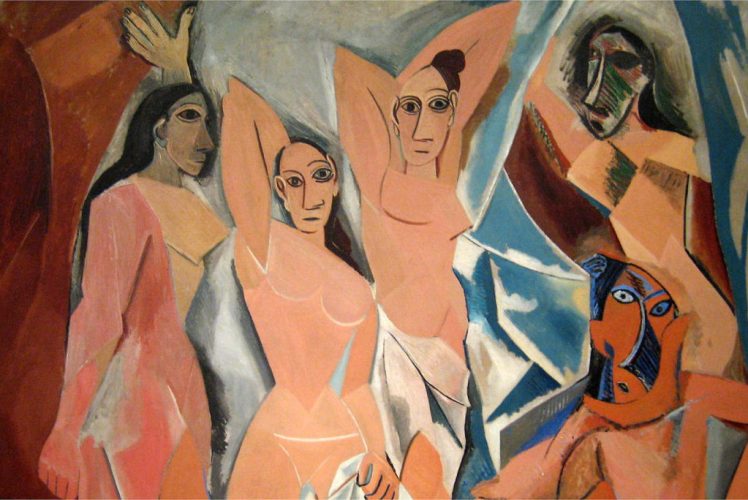
Cubism is certainly one of the most influential art movements of the 20th century, challenging traditional notions of representation and perspective.
Emerging in the early 20th century, it revolutionized the way artists depicted the world around them, laying the groundwork for subsequent avant-garde movements.
Cubism emerged in the early 20th century, primarily pioneered by Pablo Picasso and Georges Braque, two visionary artists who sought to break away from conventional artistic techniques.
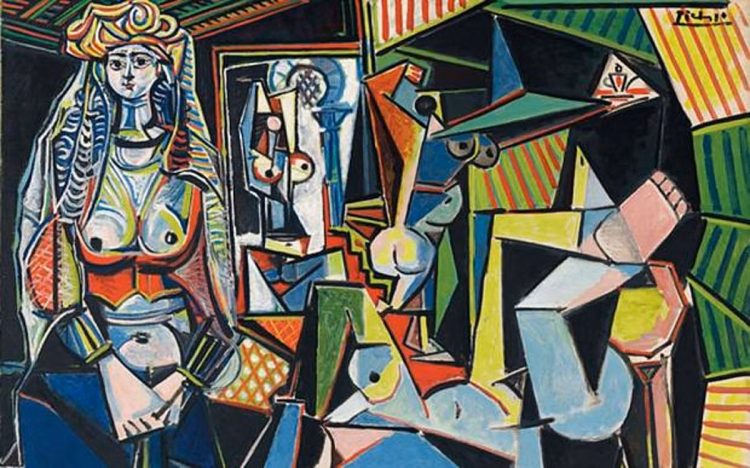
The movement’s roots can be traced back to Picasso’s groundbreaking work “Les Demoiselles d’Avignon” (1907), a painting that marked a departure from traditional artistic conventions.
Inspired by African tribal masks and Iberian sculpture, Picasso fractured forms, rationed facial features and distorted figures, laying the groundwork for the cubist aesthetic.
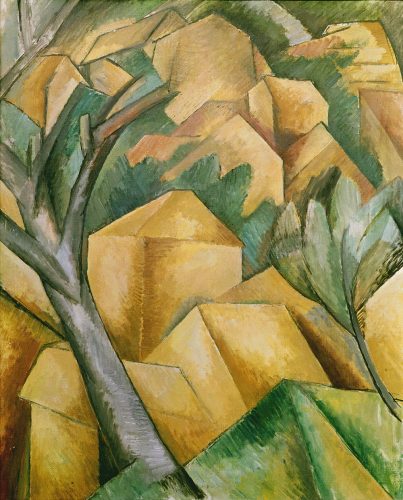
The Cubist Style:
At its core, cubism sought to depict the world from multiple viewpoints and angles simultaneously, challenging the notion of a single, fixed perspective in art.
Artists fragmented objects into geometric shapes and planes, creating compositions that defied conventional representation.
Rather than aiming for realism, cubist artists aimed to capture the essence of their subjects through a dynamic interplay of form and space. Where simplified, fractured forms coalesce into their surroundings to create an aggregate whole. Where form and space become one.
This coagulation of form and space can be seen clearly in Georges Braque’s 1908 oil painting Houses at l’Estaque.
Georges Braque succinctly summarized the cubist approach, stating, “In art, progress does not consist of making things more complex, but in simplifying them, as much as possible.”
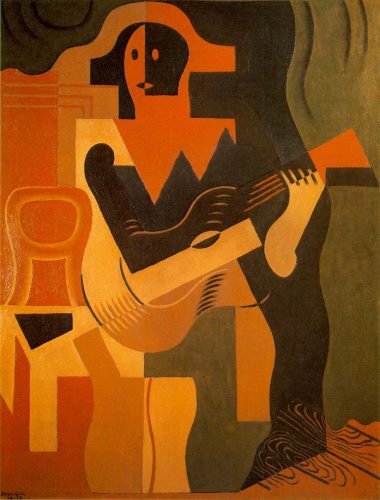
Key Figures in Cubism
Pablo Picasso and Georges Braque are widely regarded as the pioneers of cubism, but other artists also made significant contributions to the movement.
Juan Gris, Fernand Léger, and Robert Delaunay are among the prominent figures associated with cubism, each bringing their unique perspective to the artistic dialogue.
Juan Gris, known for his analytical cubist style, remarked, “The purpose of art is washing the dust of daily life off our souls.”
Fernand Léger, a proponent of “tubism,” which emphasized cylindrical shapes, stated, “I have always been guided by the ideal of transparency, or, if you like, the dream of lusciousness.”
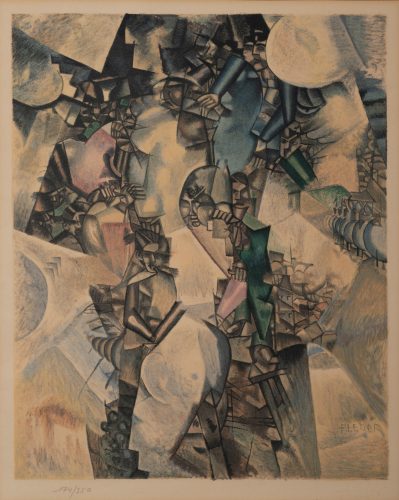
Evolution of Cubism
Cubism underwent several phases throughout its development, reflecting the diverse approaches and interpretations of its practitioners.
Analytical cubism, characterized by fragmented forms and muted colours, dominated the movement’s early years.
Artists deconstructed objects into their basic geometric components, challenging viewers to engage with the essence of form rather than its representation.
As cubism evolved, it gave rise to synthetic cubism, marked by the incorporation of collage elements and brighter colours.
Picasso and Braque experimented with adding layers of printed materials, such as newspaper clippings, into their compositions, blurring the line between reality and artifice.
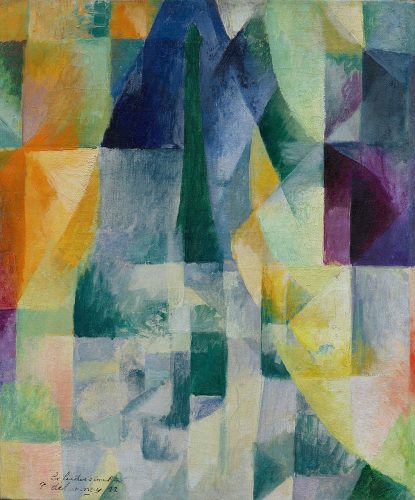
Legacy of Cubism
Cubism’s impact on the art world has been profound and far-reaching, influencing subsequent movements such as futurism, constructivism, and abstract expressionism.
Its emphasis on abstraction and geometric forms paved the way for non-representational art, challenging artists to explore new modes of expression.
Pablo Picasso, reflecting on his role in the cubist movement, famously remarked, “I am always doing that which I cannot do, in order that I may learn how to do it.”
Georges Braque echoed this sentiment, stating, “Art is meant to disturb, science reassures.”
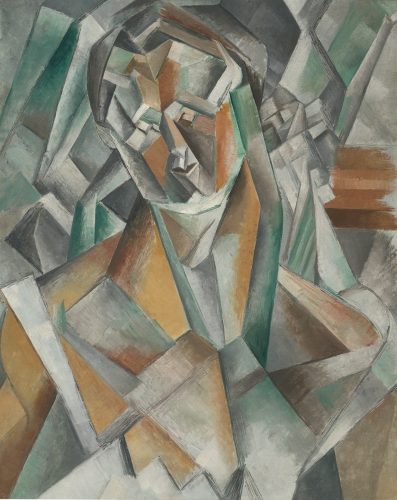
Cubism remains a testament to the power of artistic innovation and experimentation.
By challenging established conventions and redefining the boundaries of representation, cubist artists opened new avenues of exploration for future generations.
They made a path for future artists who want to push the boundaries even further. Perhaps, without Cubism, there would be no Damien Hurst, Tracey Emin or Marcus Harvey.
As we continue to unravel the complexities of this revolutionary movement, we gain a deeper appreciation for its enduring impact on the art world.
In the words of Pablo Picasso, “Art is the lie that enables us to realize the truth.”
Cubism, with its radical departure from reality, invites us to confront the complexities of perception and interpretation, reminding us that art has the power to transcend the confines of the visible world.
Further Reading
Georges Braque: Inventor of Cubism – by Susanne Gaensheimer and Susanne Meyer-Büser – BUY IT HERE
Picasso: Masters of Art – by Rosalind Ormiston – BUY IT HERE
Cubism – by Anne Ganteführer-Trier – BUY IT HERE
Cubism in Color: The Still Lifes of Juan Gris Hardcover – by Nicole R Myers and Katherine Rothkopf (Editors) – BUY IT HERE
Fernand Léger and the Rooftops of Paris – by Sjraar Van Heugten and Gwendolyn Boevé-Jones – BUY IT HERE
Robert Delaunay And The City Of Lights – by Zurich Kunsthaus – BUY IT HERE
